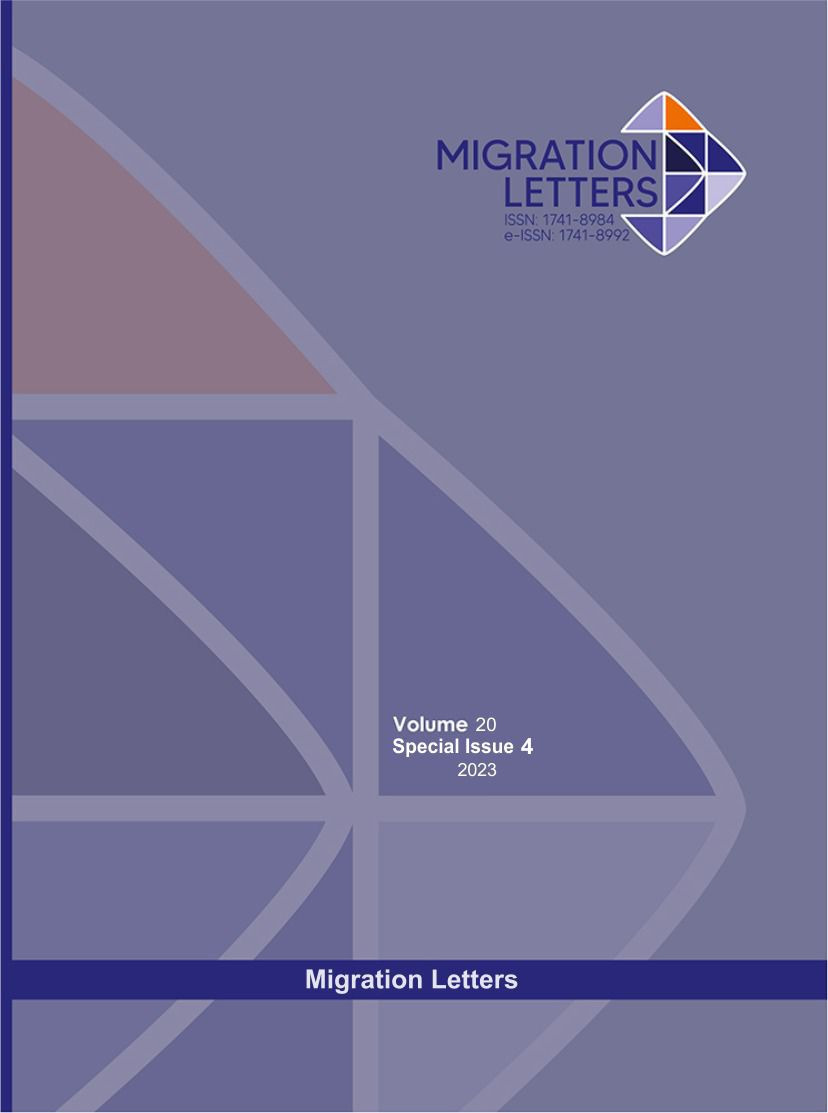The Impact of Sino-Javanese Muslim Migration on Gresik’s Visual Culture
DOI:
https://doi.org/10.59670/ml.v20iS4.3839Abstract
This study investigates the historical topic of the immigration of Chinese Muslims to Indonesia, which holds significance for artists, cultural scholars, historians, migration specialists and scholars of international relations. It sheds light on how the Chinese Muslim migration altered and transformed the artistic practices and institutions of the Javanese community in Gresik. This article presents a historical and textual analysis of the development of Islamic-Chinese-Javanese culture in Gresik. Verbal and visual data are collected and analyzed using Max Weber's Verstehen ethical approach to thoroughly interpret and understand the social facts. The paper demonstrates that visual culture in Gresik, such as Damar Kurung lanterns and Qur'an manuscripts, represent manifestations of Sino-Javanese Muslim culture. The historical journey of Chinese immigrants and its impact on socio-cultural aspects demonstrate that the Chinese in Indonesia are not 'newcomers' or 'foreigners', but an integral part of the Republic of Indonesia.
Metrics
Downloads
Published
How to Cite
Issue
Section
License

This work is licensed under a Creative Commons Attribution-NonCommercial-NoDerivatives 4.0 International License.
CC Attribution-NonCommercial-NoDerivatives 4.0






